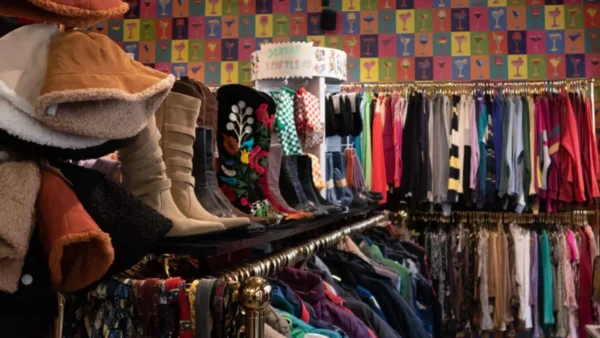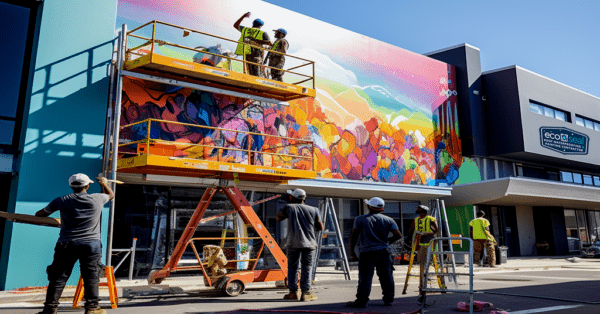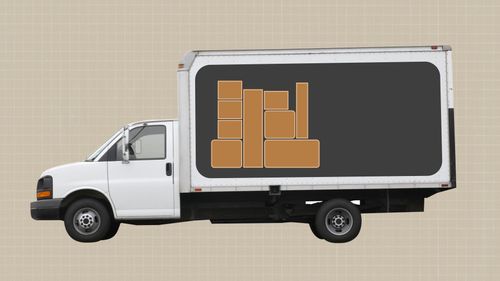Life After Sandy: How Would You Survive An Internet Blackout?
Admit it; it isn’t very often that you’ll go longer than ten minutes without checking your Facebook or Twitter. If you’re not that into social media (or have been living under a rock since Myspace’s demise), then it’s likely that your e-mails never spend too long loitering, unread, in your inbox. You can probably blame Apple, Samsung and RIM for this techno-dependency, but how much is too much?
On 29th October, Hurricane Sandy ripped through New York and the city that never sleeps had its night lights well and truly turned out, when power stations lining Lower Manhattan exploded and a blackout ensued. Over 12,000 flights in and out of NYCs airports were cancelled, Wall Street trading ceased due to the elements for the first time since 1888 and an estimated 50 billion dollars’ worth of damage was caused.
The western population’s reliance on the internet prevailed; even as the Atlantic super storm battered the city. During this time, it is reported that  over 3.5 million tweets were sent containing #Sandy. Not only this, but Instagram’s Chief Exec claimed that 10 images per second were being uploaded to his network under the same hash tag.
over 3.5 million tweets were sent containing #Sandy. Not only this, but Instagram’s Chief Exec claimed that 10 images per second were being uploaded to his network under the same hash tag.
Although Sandy killed almost 100 people and left a trail of destruction in her wake, for some, the internet blackout was their biggest personal crisis. Hundreds of WiFi seekers gathered around the city’s closed Starbucks stores, just to secure some contact with the outside world.
The blackout also meant that many New Yorkers were unable to charge their phones, tablets and various other gadgets. In desperation, they trekked to the switched-on sections of the city to find power. It wasn’t purely for vanity that these internet hunters trawled the streets; many used social media platforms to reassure their families and contact loved ones. According to Facebook, the top terms used through the storm were “we are ok”, “made it” and “fine”, which puts into perspective the real life-line nature of social networking.
 There were, of course, those who managed the old-fashioned way, realising that hard copies of newspapers, as well as land lines still exist and, despite being cut off from WWW, life could go on. Some were forced to actually, you know, pick up the phone and talk to someone. On many street corners, as The Huffington Post’s Bianca Bosker reported, people engaged in “the analogue art of telling stories and paying attention” – revolutionary, considering the general population’s infatuation with the internet.
There were, of course, those who managed the old-fashioned way, realising that hard copies of newspapers, as well as land lines still exist and, despite being cut off from WWW, life could go on. Some were forced to actually, you know, pick up the phone and talk to someone. On many street corners, as The Huffington Post’s Bianca Bosker reported, people engaged in “the analogue art of telling stories and paying attention” – revolutionary, considering the general population’s infatuation with the internet.
It wasn’t only staying in touch which concerned New Yorkers: In the aftermath of Sandy, dubbed ‘Frankenstorm’, thousands of businesses ground to a halt. Many premises were destroyed and the submersion of much of the Subway system meant it was impossible for many employees to commute. With most business being done via e-mail in the current climate, this vital resource was cut from millions. The focus on blogs, websites and social media, means it’s understandable that the blackout threw a considerable spanner-in-the-works for New York’s commerce. So, how did businesses cope?
– Contingency plans: Most businesses have an emergency plan, which details contact information and procedures if an ‘Act of God’ occurs.
– Outsourcing: Some larger companies are able to redirect business to other branches which operate outside the affected areas.
– Consideration: Naturally, most businesses put their employee’s safety first when deciding whether to remain operational during a disaster. It’s important to consider the liability of the company if decisions to stay open put staff at risk.
– Communication: A blackout will rarely affect an entire city, rather, sections of it. Social media (where available) is a great tool for keeping the public informed of a company’s state of operation.
It’s important to remember that there is a difference, however, between finding a silver lining in circumstances and cashing-in on a natural disaster. Online taxi rank Uber tweeted “Subways may be closed, but we’re up!” boosting its trade whilst helping those in need of transport. Clothes giant American Apparel, however, took a slightly less tactful approach in e-mailing its customers about a “Hurricane Sandy Sale” in case they were “bored” during the storm. Not ideal.
So, are you prepared? How would your business cope with a blackout?

















































